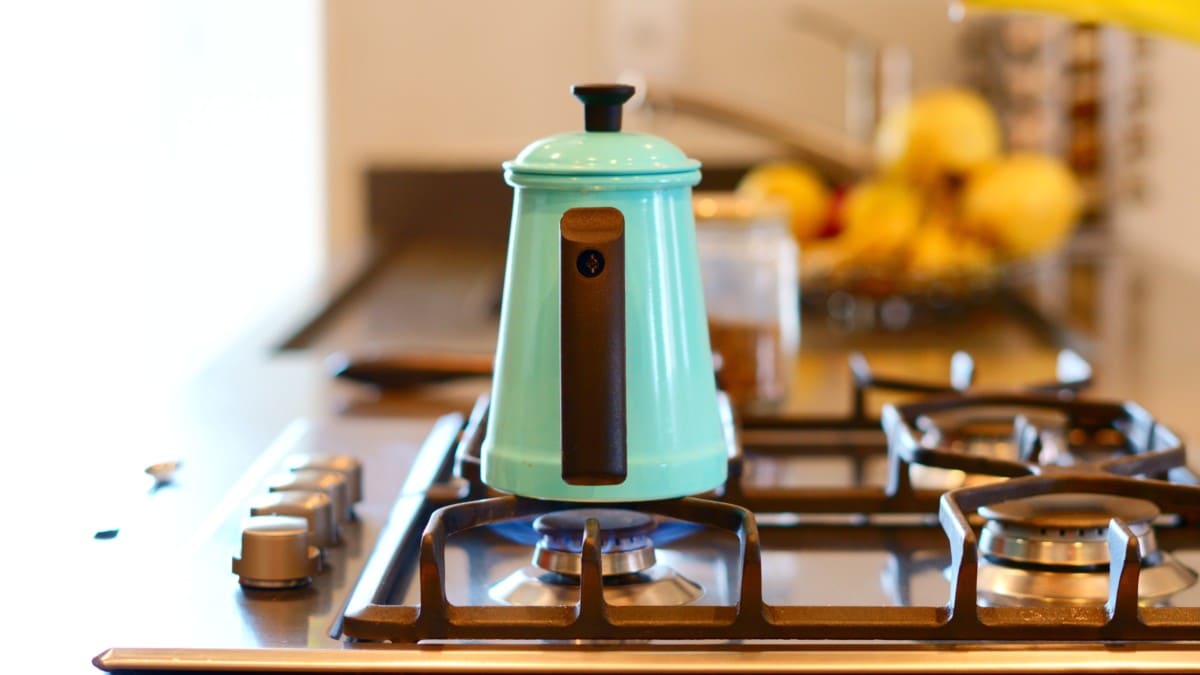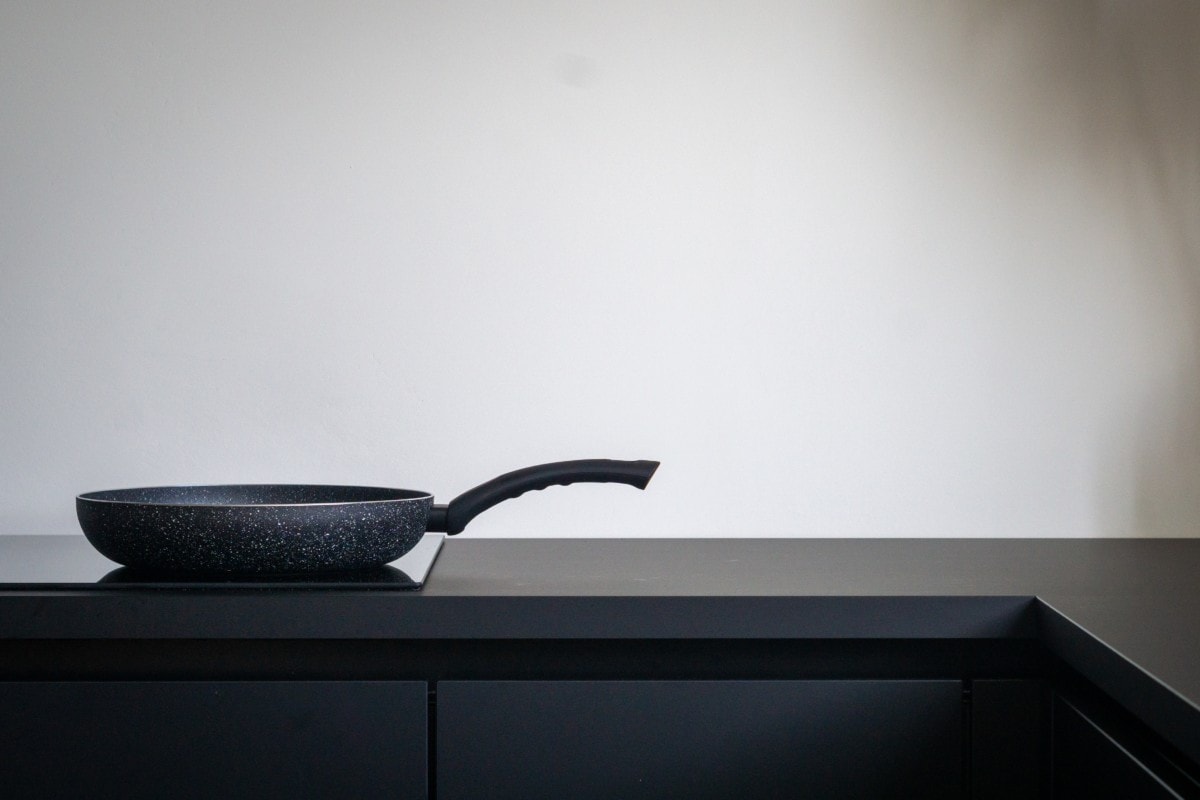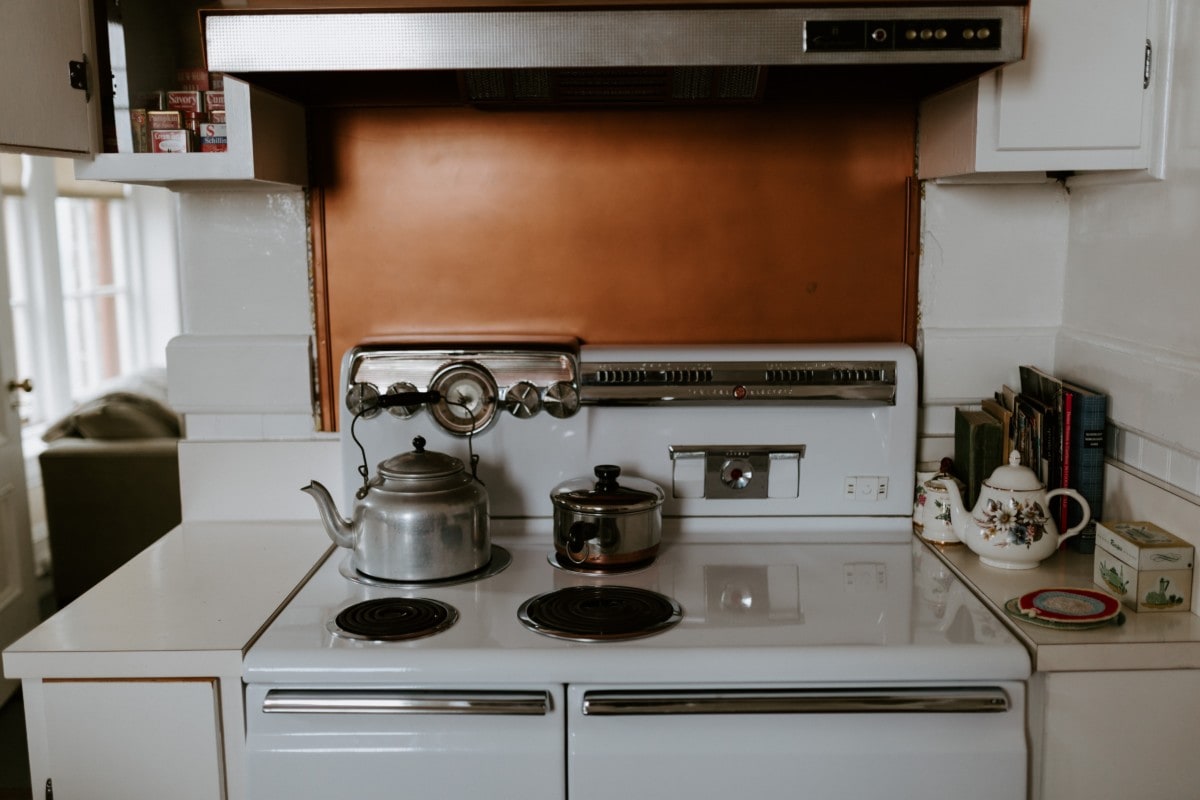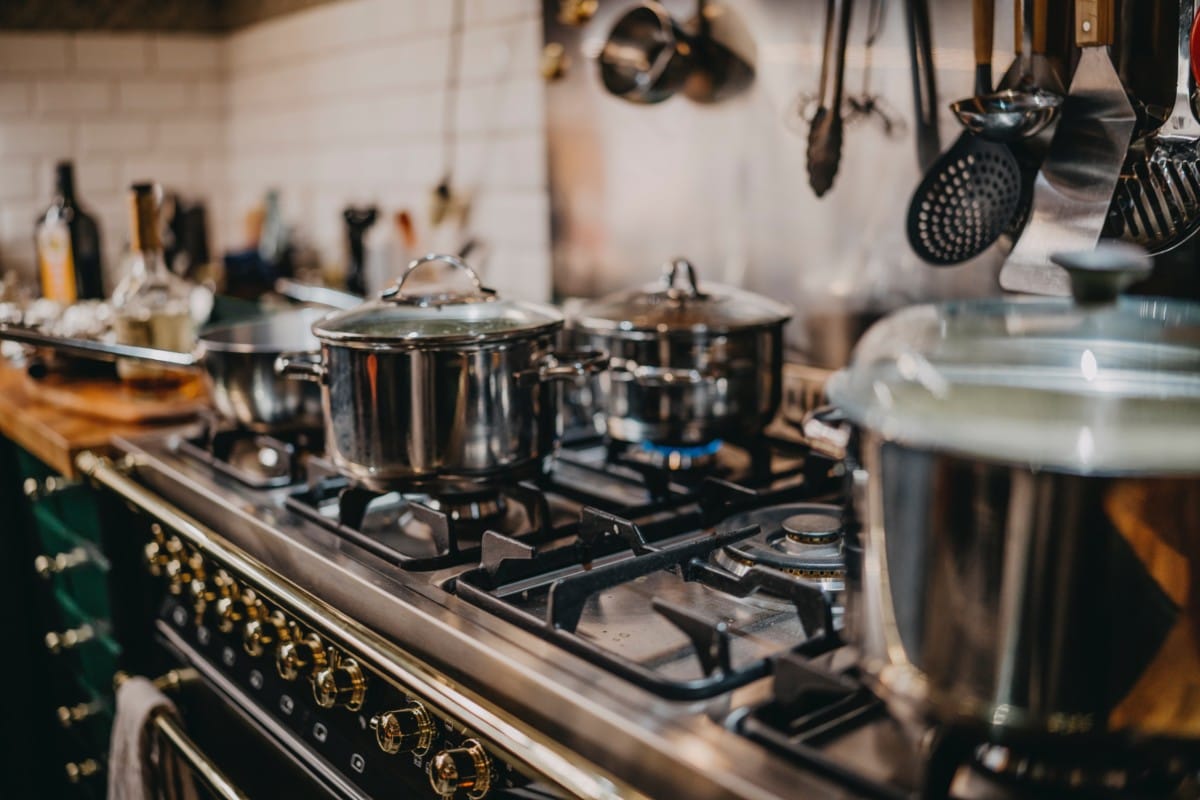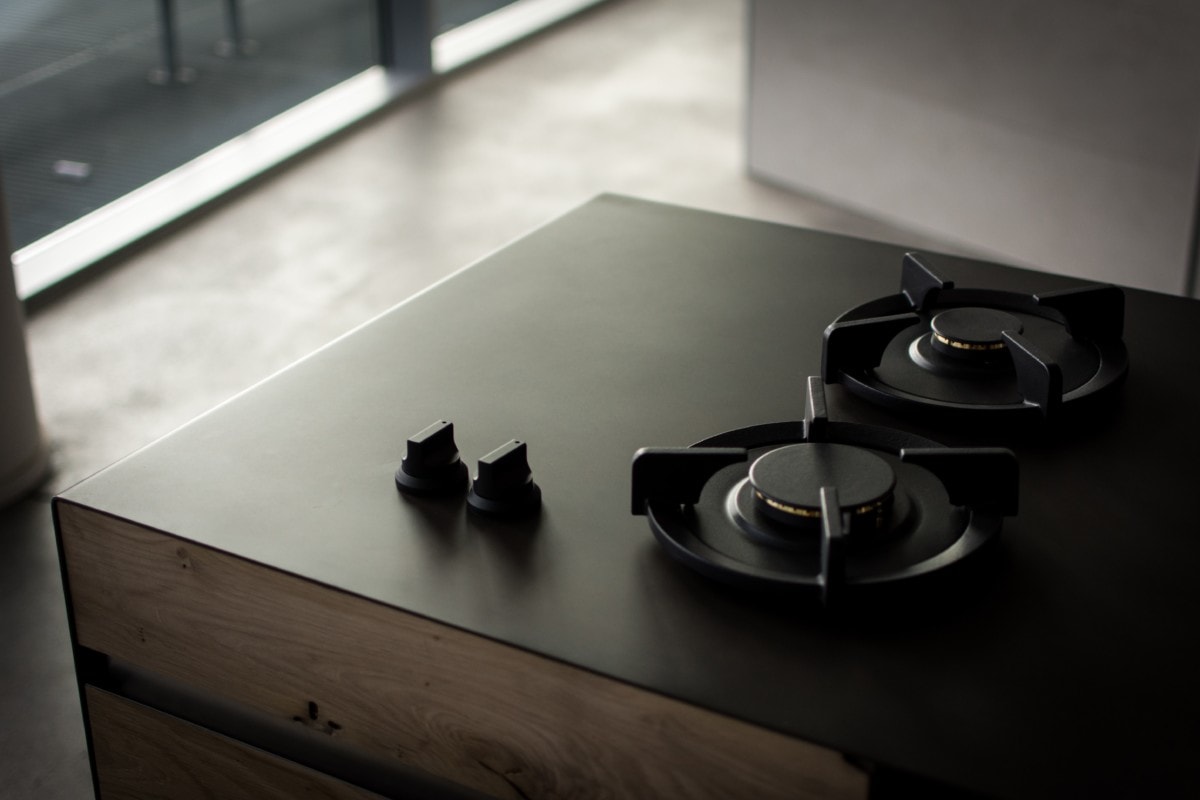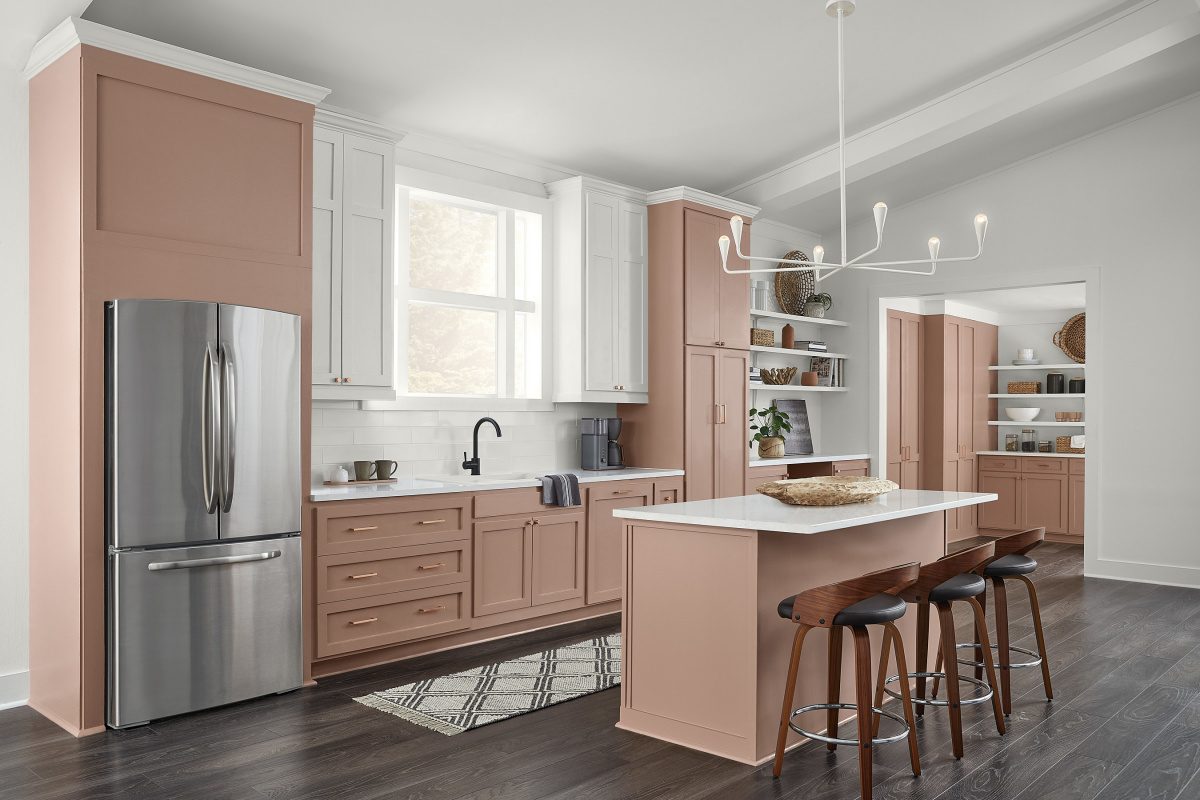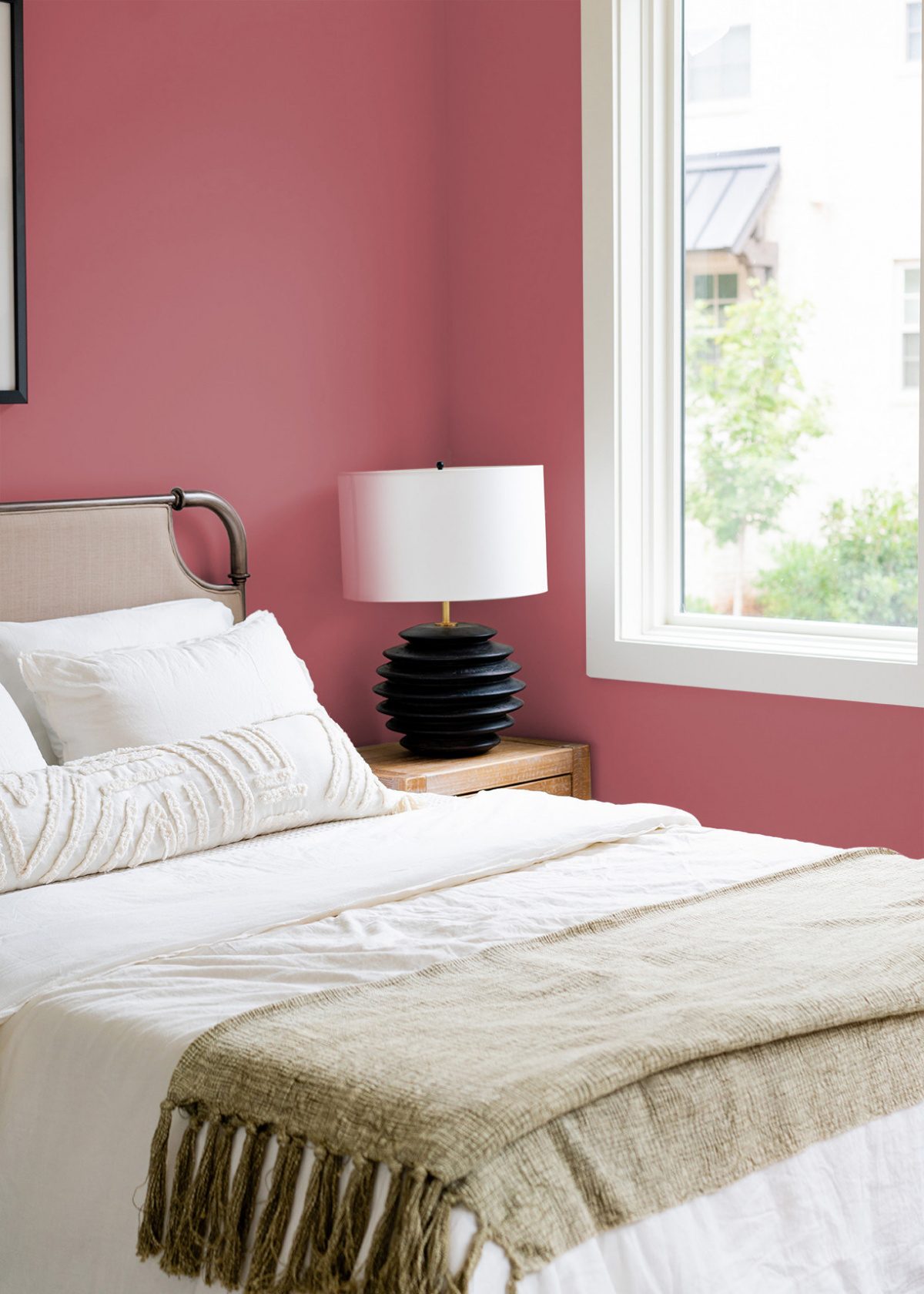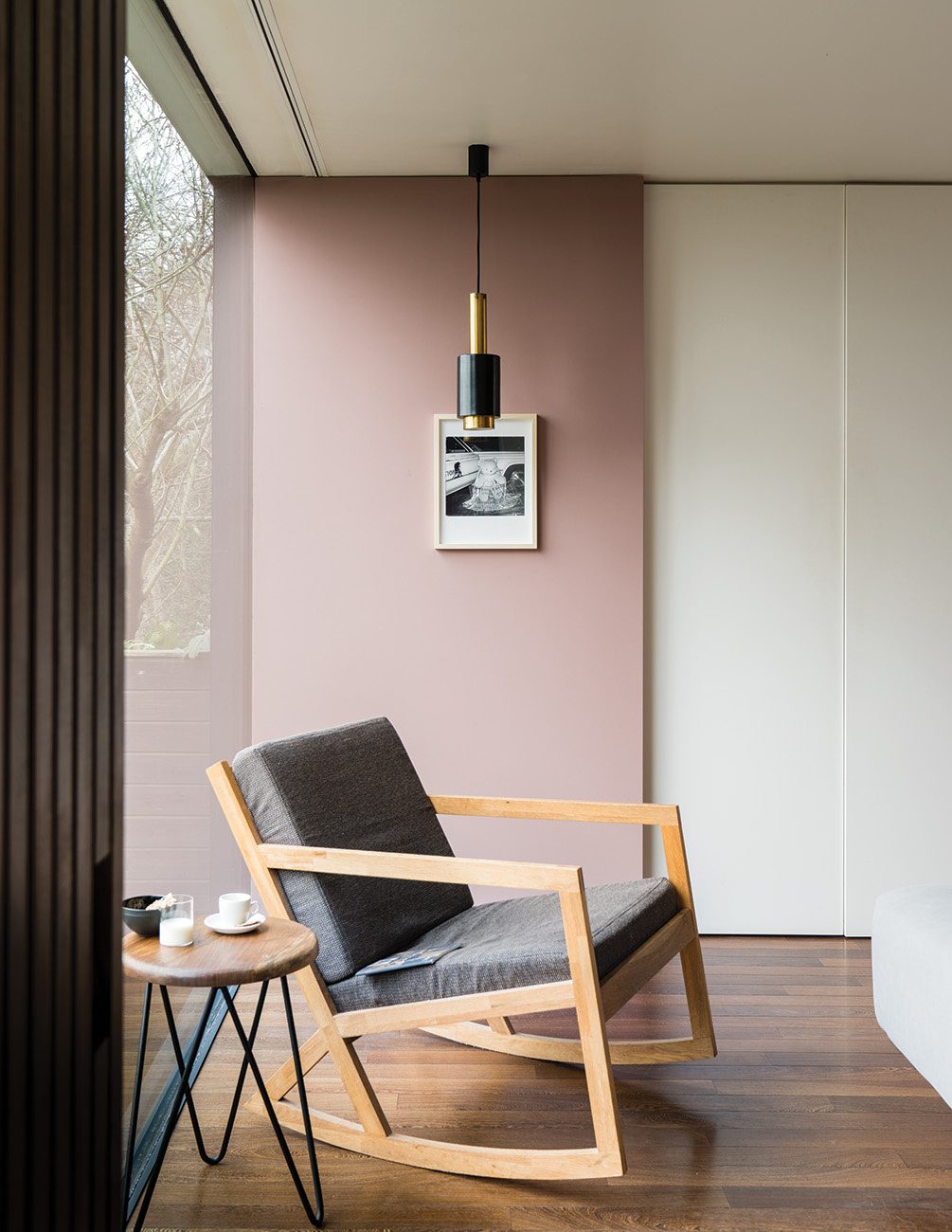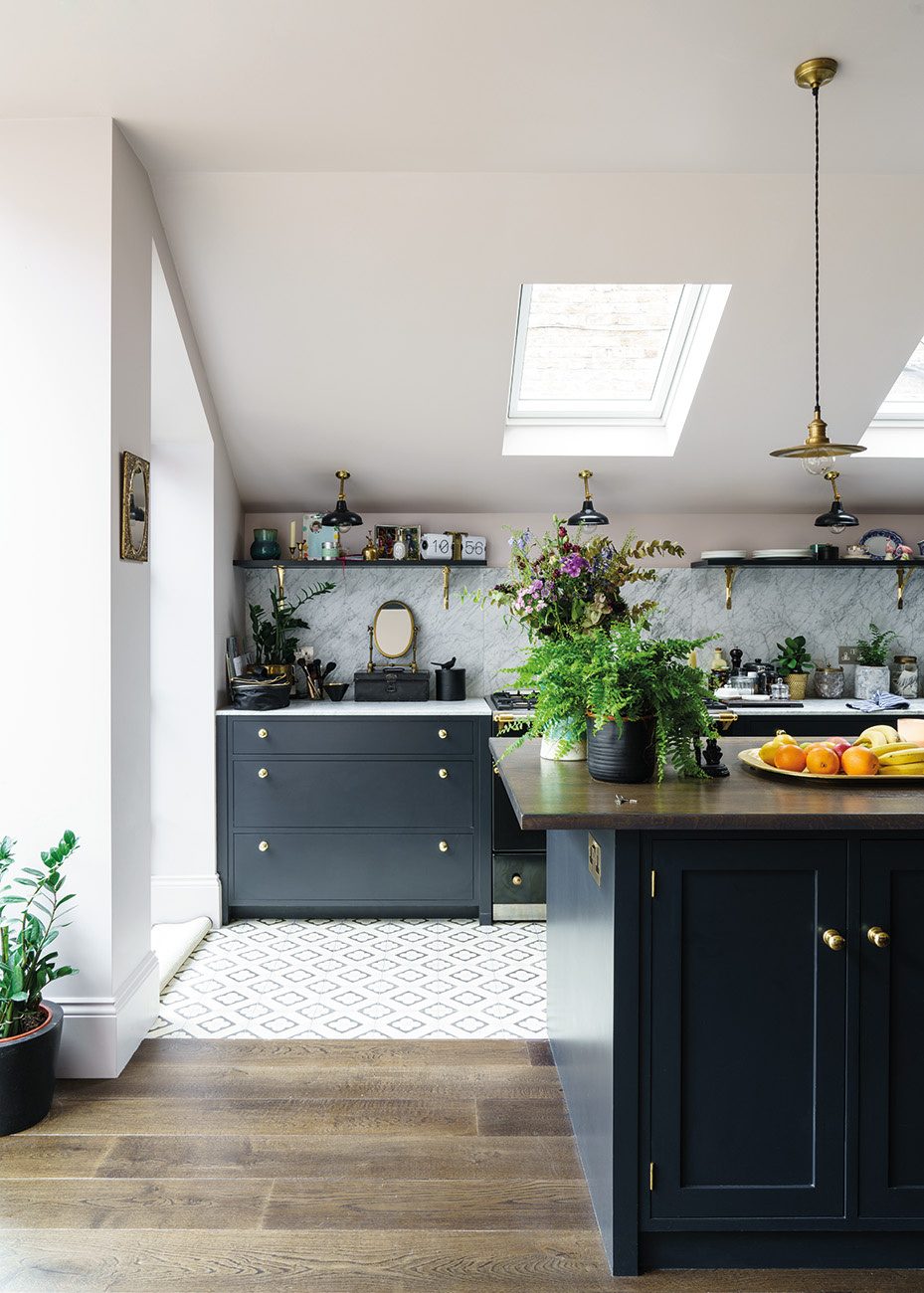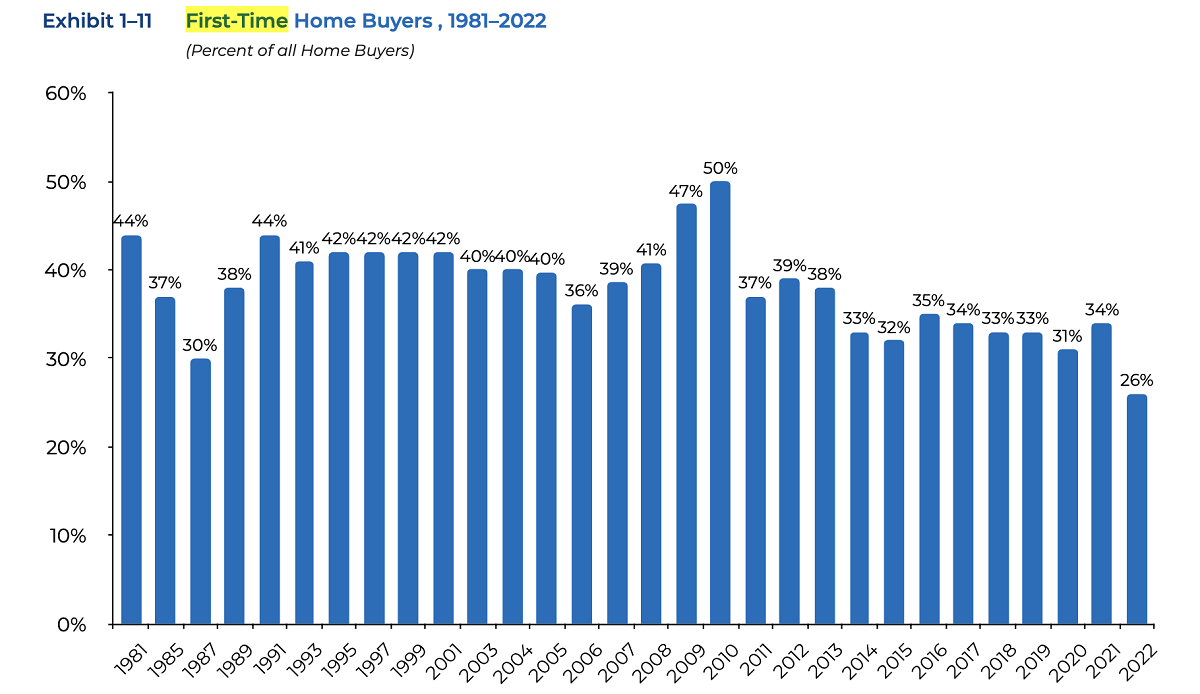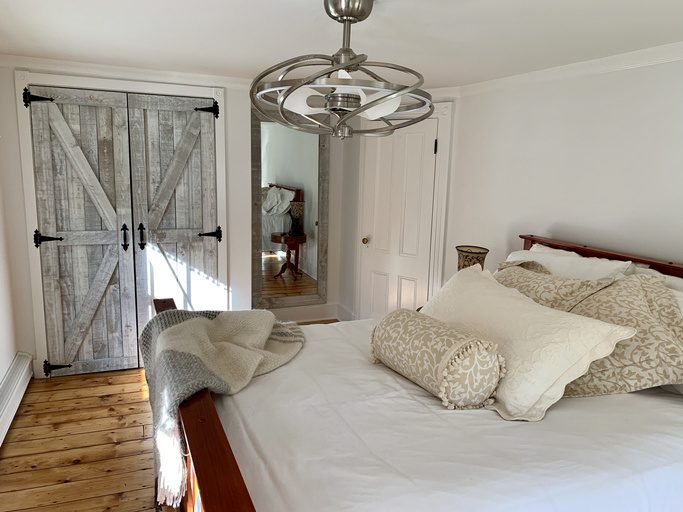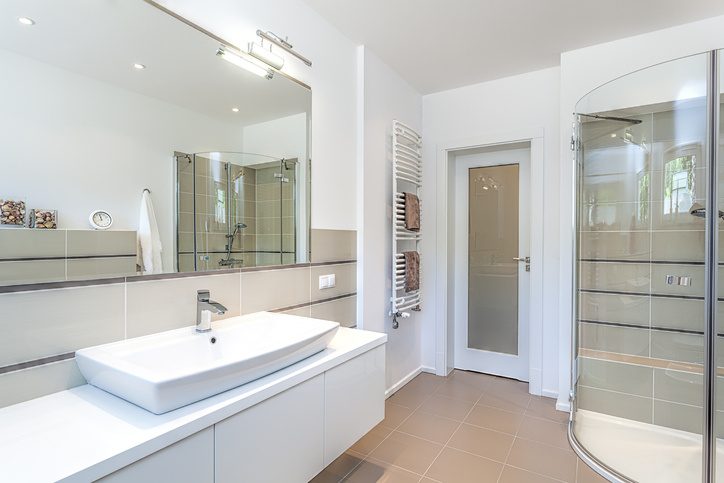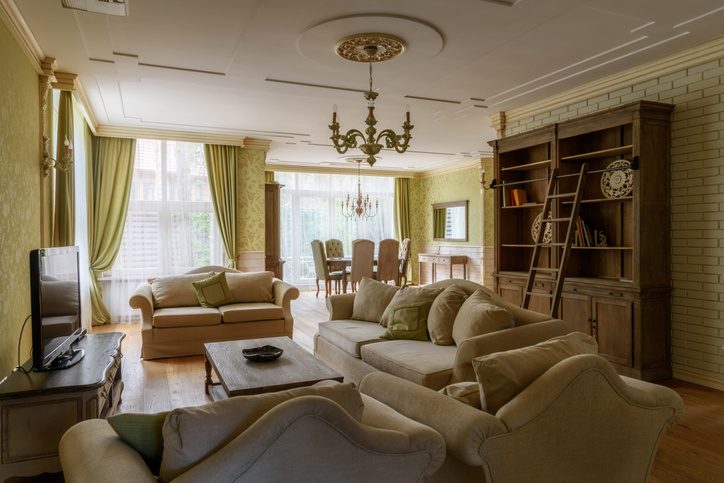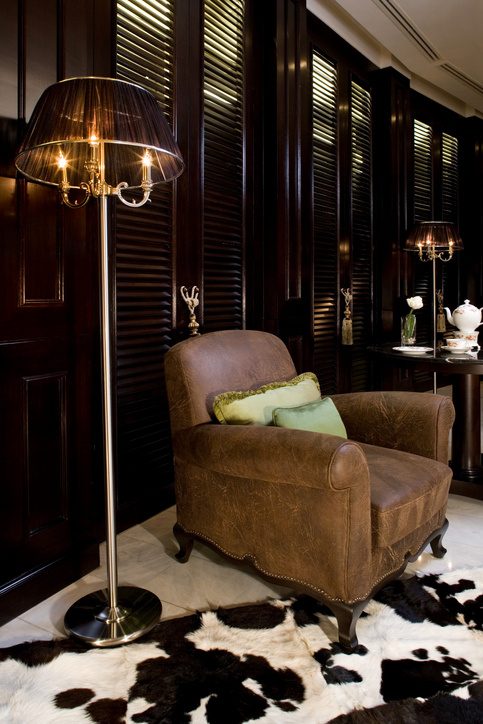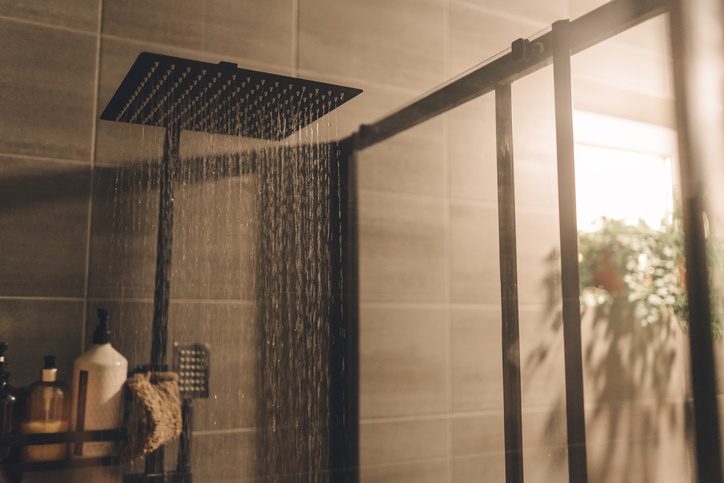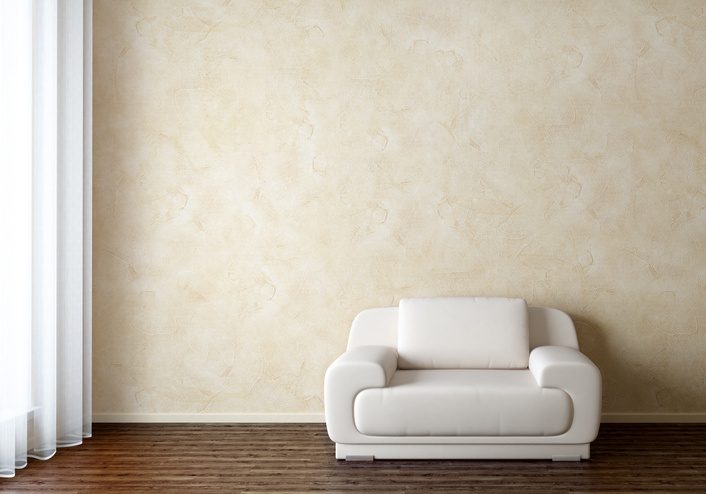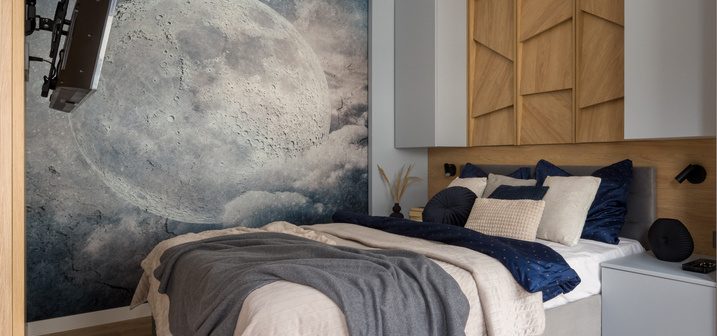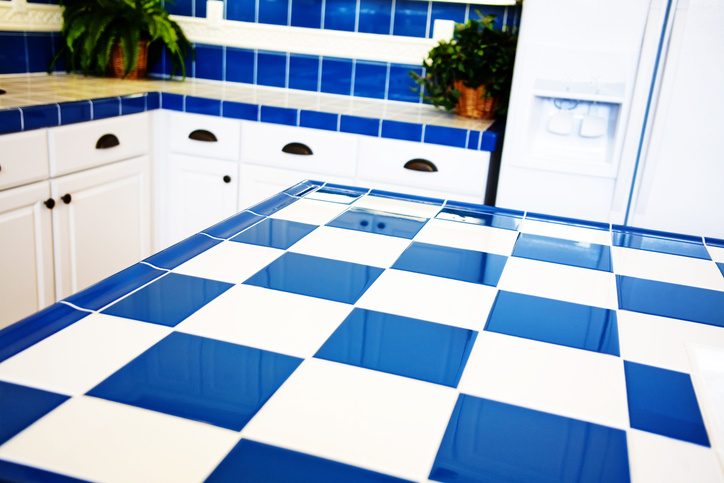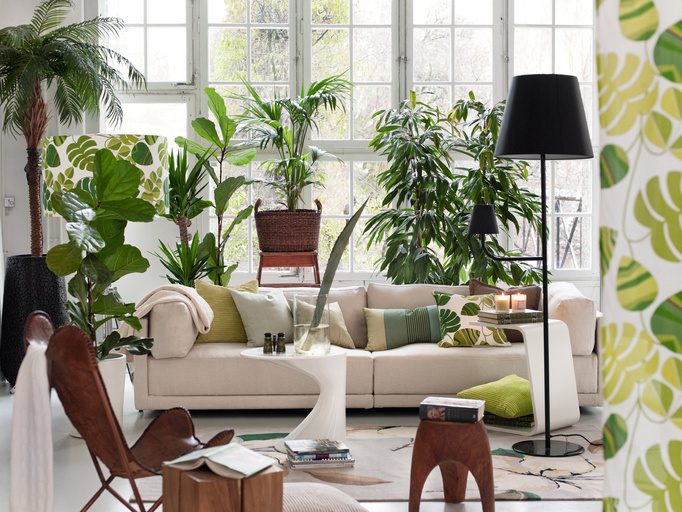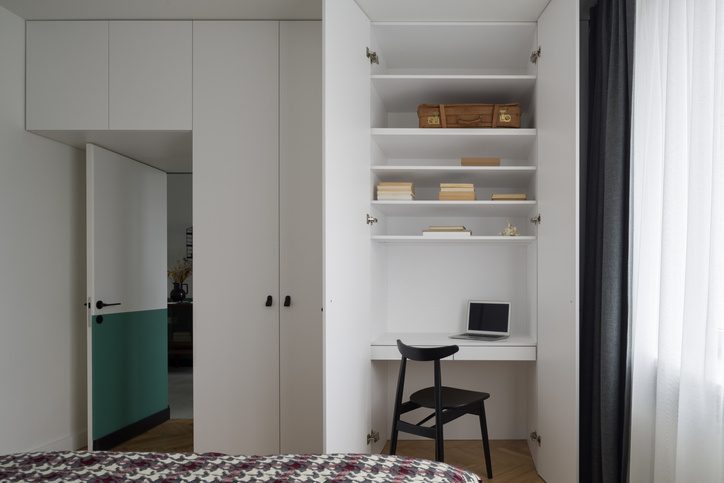If you’re in the market for a new stove, choosing a replacement can be challenging. Along with size, brand, and aesthetic, an important decision is deciding which fuel source you want it to use. Both have their advantages and disadvantages, especially when it comes to sustainability and price. For example, gas stoves are more polluting than electric, but natural gas is generally cheaper than electricity in many areas of the country.
Additionally, as climate change worsens, gas appliances are coming under increased scrutiny, leading some cities like Boston and San Francisco to begin phasing them out. Because of this, choosing the right stove for your situation is more critical than ever. Whether you prefer gas or electric stoves, read about their key differences and which one is more climate-friendly.
Differences between gas and electric stoves
Gas and electric stoves work very differently and offer different cooking qualities. Before deciding on a model, learning how they work is essential.
What is a gas stove?
Developed in the 1820s, gas stoves are powered by combustible gas, the most common being natural gas. They utilize an open flame generated by gas-powered burners to heat cookware. Burner heat is specified by British Thermal Units (BTUs), representing the heat generated in one hour. Most stoves have burners with different output ratings ranging from 5,000 to 20,000 BTUs.
Gas models have many customization options, such as a large burner in the middle of the stove or a flat griddle for breakfast foods and sandwiches. Some ranges have differently-shaped burners for different uses, such as oval and dual-ring burners. They also often have integrated ovens .
What is an electric stove?
Invented in the 1890s, electric stoves use electricity to heat their burners (composite heating elements). After they were developed, they were slow to catch on because electricity wasn’t readily available. However, once cities became more electrified, electric stoves began replacing their gas counterparts.
Electric stoves come in many styles, from traditional burners to a ceramic flat-top look. They generally use one of three types of elements to transfer heat – coil, solid disk, or smooth heating. Most electric stoves include an oven as well. Recently, more efficient electric stoves have been created, including induction cooktops.
What are induction cooktops?
Induction cooktops are a type of electric cooktop that look like a glass-top electric stove but instead generate heat from electromagnetic fields below the cooking surface via a metal coil. The coil produces electromagnetic fields that transfer heat directly to magnetic cookware (containing iron), creating a very safe, precise, and efficient cooking method. Even if a burner is on, it isn’t hot until you put a pan on it, and it only gets as hot as the residual heat from the pan.
Induction cooktops are expensive but contain many benefits of both gas and electric stoves. Like gas stoves, they also have a fantastic temperature range and can change temperature almost instantly. Similar to electric cooktops, they don’t emit natural gas and are easy to clean, especially if they’re built into ceramic. Additionally, many induction burners and induction-specific cookware utilize smart technology to optimize cooking and increase safety.
Induction may be a good option if you’re looking for the precision and cooking quality of a gas stove with the sustainability and output of an electric cooktop.
How are gas and electric stoves different?
Gas stoves use an open flame, while electric stoves use a heating element. Gas models change temperature quickly, while electric models are slower to respond. Generally, people consider gas stoves a luxury item that produces higher quality cooking. Electric stoves are ideal for small spaces and are easier to install.
There are also dual-fuel stove options that provide a gas range with an electric oven. These stoves combine the strengths of gas and electricity, but they’re expensive and require both a gas hookup and a high-voltage outlet.
Gas vs. electric stove: which stove is more sustainable?
As natural gas comes under increased scrutiny and electricity prices rise, choosing the right stove is more important than ever. Read on to learn about the pros and cons of both power sources, including sustainability, efficiency, and tips on how to use them.
Gas
Sustainability depends on where you live. While natural gas pollutes and gas lines frequently leak, it can be a greener option if your local electric grid relies on coal-burning power plants.
In terms of total energy consumption, gas stoves are more efficient. However, gas stoves produce methane, a potent polluter that can be a hazard in your home. In the U.S., “gas stoves produce the equivalent amount of methane as 500,000 cars every year, fueling global warming,” says environmental copywriter Antonio Salituro. This isn’t just from regular usage either; about 80% of methane emissions occur when stoves are turned off due to leaks in gas lines and fittings.
Another aspect to consider is the oven. If your gas stove includes a built-in oven, try not to open it when it’s on, and never heat your room with your oven. Additionally, be efficient with your usage, and don’t alter it in any way (covering the bottom with foil, blocking vent slots).
Electric
Electric stoves require more energy but don’t emit harmful gasses. Coil elements are the least efficient of the three types of electric burners. Make sure to match the size of your pans to your burners to avoid wasted energy.
Additionally, if your stove has an oven with a self-cleaning option, be wary before using it – the ashes that the self-cleaning oven produces can be toxic.
Sustainability winner: electric
There are two factors to consider: energy consumption and methane emission. Gas stoves consume less energy but emit a large amount of methane, while electric stoves consume more power but don’t emit methane.
Both gas and electric stoves can be the more sustainable option depending on where you live. Some cities and states rely primarily on coal to generate electricity, making natural gas the more climate-friendly choice. Others utilize renewable energy, which makes electricity greener and cheaper.
Overall, electric stoves are more sustainable in most parts of the country. If you have the budget, invest in an induction stove to reduce your footprint further; they are the most energy-efficient option. As the U.S. continues to invest in renewable energy, electric stoves will become a greener option for a more significant percentage of the population.
Gas vs. electric stove: which stove costs more?
Both gas and electric models usually cost between $700-$2,000 but can vary widely depending on brand and features. Additionally, most people hire a professional to install their stoves, which is another cost to consider.
Gas
Gas stoves usually cost a similar amount upfront as their electric counterparts but are more expensive to install. The price depends on the brand, BTU (British Thermal Units) output, and the number of burners. In general, a gas stove with installation usually costs around $2,800. Premium brands like Wolf and Viking can charge upwards of $15,000-20,000 for the most luxurious gas stoves on the market.
Another factor to consider is the long-term energy costs associated with using the stove. Because gas is generally cheaper than electricity throughout the country, gas versions will be cheaper in the long run.
Electric
Electric stoves come in a variety of models and price points. Unlike gas stoves, the cost of an electric stove generally revolves around how the stove generates heat. There are three general methods: coil, solid disk, and smooth heating. Additionally, electric stovetops can come in a variety of materials. The most common material is ceramic, but glass and enamel are also popular options.
Electric stoves are easier to install and more versatile because they don’t require a gas hookup. Because of this, installation costs are much less. The total price with installation will likely be between $2,000-$2,5000. Long-term costs will be higher than gas stoves because electricity costs more.
Induction stoves differ from electric stoves and are a premium option.
Cost winner: it depends
Gas and electric stoves cost roughly the same “but vary down the road depending on your energy rates,” notes Real Estate Broker Tom Campone. “Gas stoves are more energy efficient and thus less expensive to operate.”
Premium brands may charge a higher amount for either gas or electric options. Consider your situation and location before deciding on the best option for you.
Gas vs. electric stove: which one is easier to install?
Installing a new stove can be a complex process that many people choose to leave to a professional. If you want to install one without professional help, obtain specific instructions from the manufacturer and bring a friend in case of an emergency.
Gas
Gas stoves require a gas hookup and are more challenging to install. “While gas stoves tend to be popular for commercial use, they are more of a burden for a homeowner,” notes Alex from Xclusive Appliance Repair. “However, a gas stove will be easier to install if you have a gas line and no electric option.”
Only about half of U.S. households have gas hookups, so you may need to get permits and pay for new gas lines before installing a gas range. If you want to install one yourself, bring a friend and expect it to take four to six hours. Be aware of gas leaks as well. In most cases, hiring a professional can be the cheaper option in the long run.
Electric
Most electric stoves require a four-prong, 250-volt, 40-50 amp power supply. If your home doesn’t already have a compatible outlet, installing a new one can be very challenging and is best left to a professional. Luckily, many homes already have a dedicated outlet for electric stoves, making installation much more straightforward.
Before plugging in your range, check your electrical circuit’s voltage and inspect your power cords to make sure everything is up to code. Once you ensure that your home can accommodate the electrical requirements, connect the power cord to the electric range. Then, before plugging in the stove to the outlet, turn off the stove’s main power circuit to avoid surges. Finally, plug the stove into the outlet and turn the stove’s power circuit back on. To avoid any issues, call a professional if you have questions about the process.
Keep in mind that most electric ranges don’t come with power cords. You’ll likely have to purchase them separately to connect your stove.
Installation winner: electric
Electric stoves don’t require a specialized gas hookup and don’t run the risk of gas leaks. Additionally, most homes already have a compatible outlet. There is a risk of power surges, but as long as you follow installation instructions, installing an electric range is relatively simple.
Gas vs. electric stove: which stove performs better?
Performance is an essential factor when choosing a stove. After all, you want to know which option will produce the best cooking. There are many important qualities to consider, including heating temperature, consistency, and responsiveness. Let’s review both styles’ pros and cons to help you decide.
